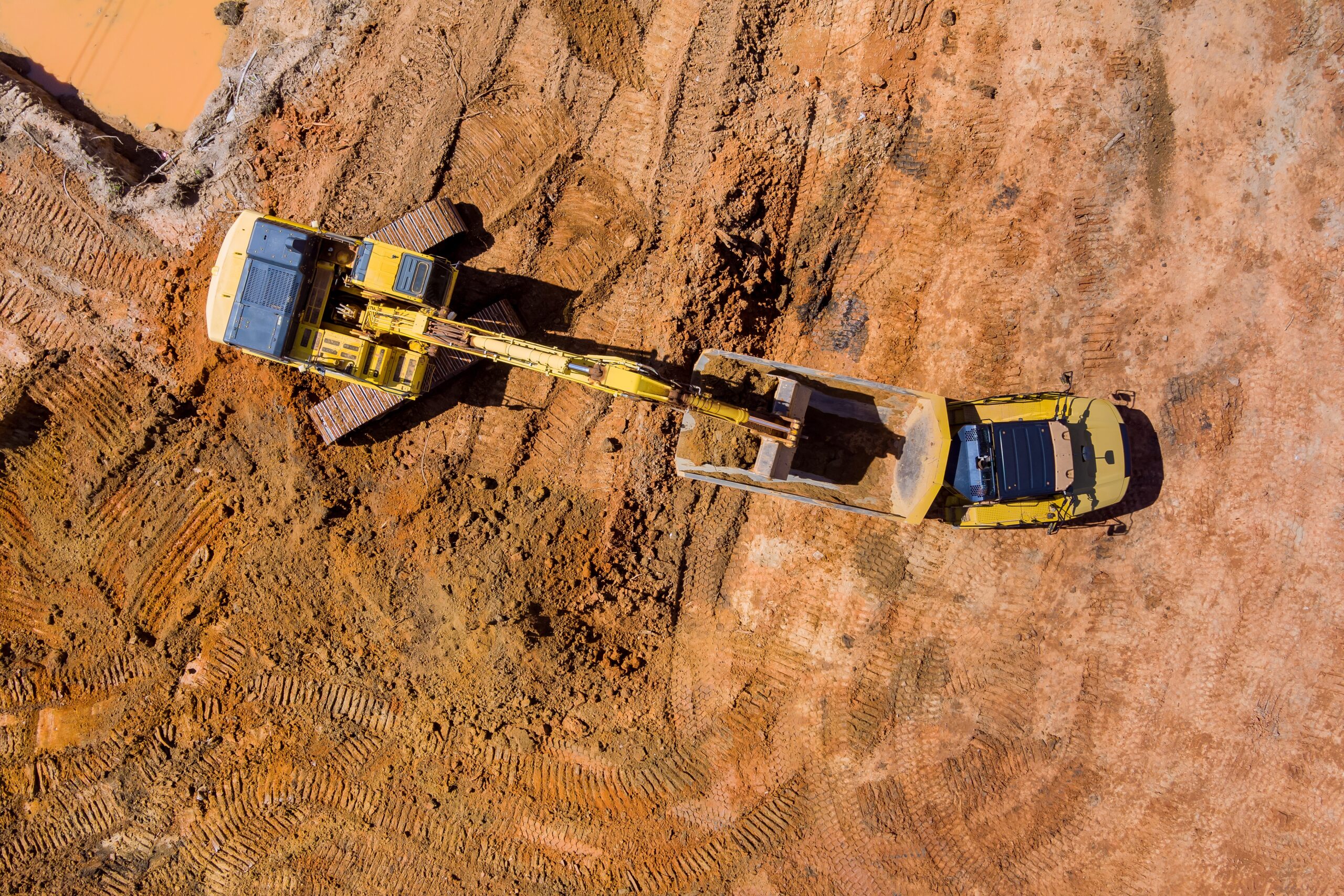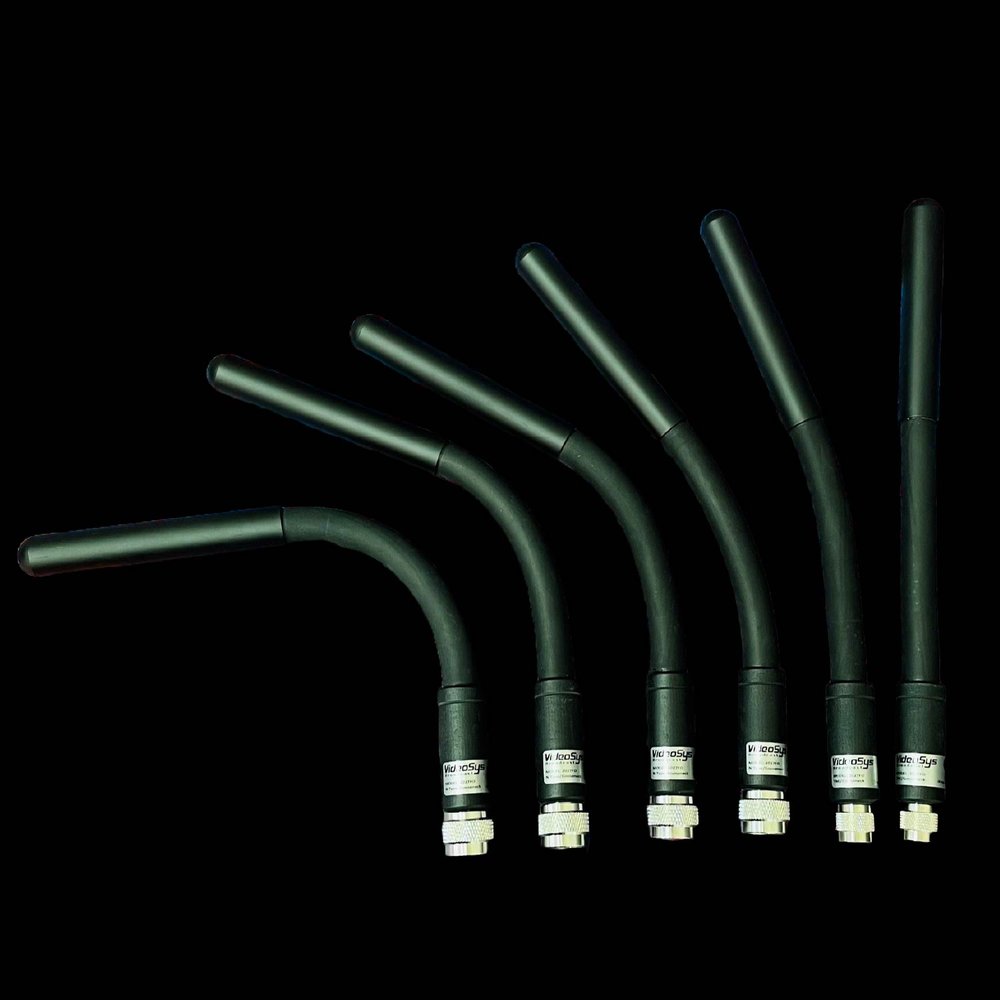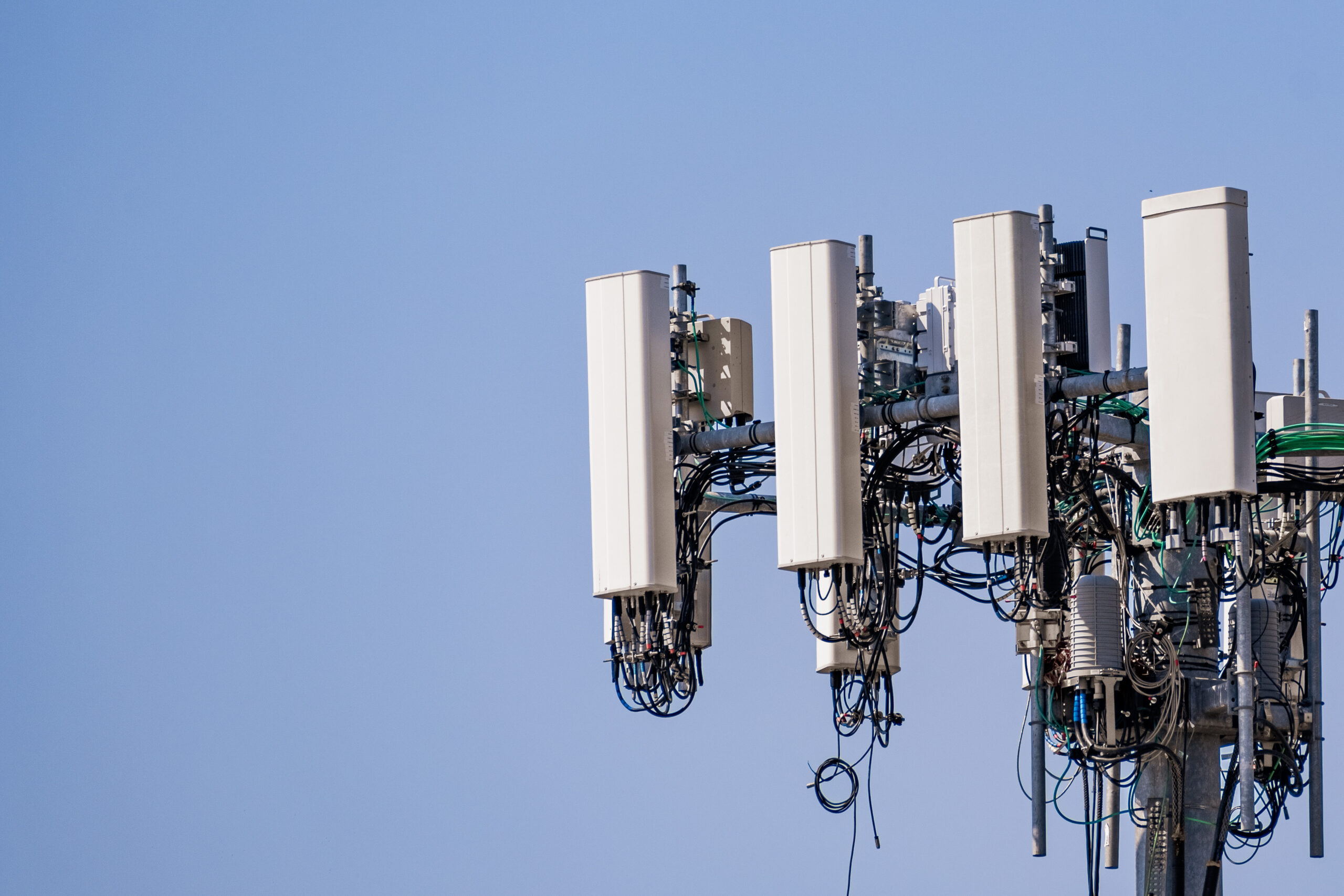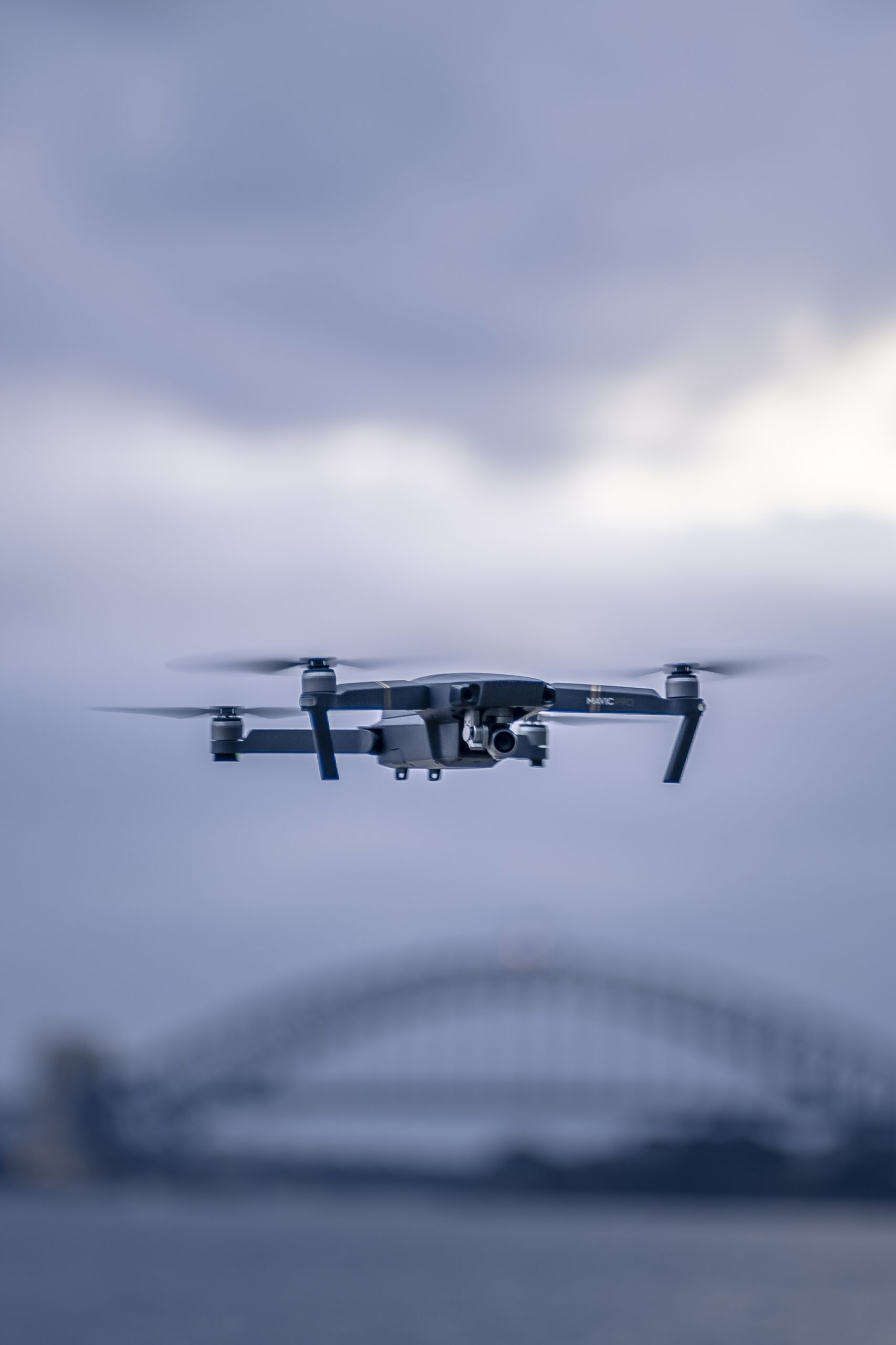From Basic Signals to Advanced Connectivity with Antenna Technology
In the vast landscape of technological innovation, there are few components as foundational and versatile as antennas. These devices, often overlooked in their simplicity, have undergone a remarkable evolution since their inception. From their humble beginnings as basic receivers and transmitters of electromagnetic waves to sophisticated components enabling our interconnected world, antennas have played a pivotal role in shaping modern communication and connectivity. Let’s embark on a journey through the evolution of antenna technology, tracing its transformation from rudimentary forms to cutting-edge advancements.
Origins: The Birth of Antennas
The concept of antennas traces back to the experiments of Heinrich Hertz in the late 19th century, who demonstrated the existence of electromagnetic waves predicted by James Clerk Maxwell’s theory. Hertz’s experiments utilized rudimentary wire antennas to generate and detect electromagnetic radiation, laying the groundwork for modern wireless communication.
Early Developments: Marconi and Beyond
Guglielmo Marconi, often credited as the father of radio, made groundbreaking advancements in antenna technology during the early 20th century. His pioneering work led to the development of practical wireless telegraphy systems, employing simple yet effective antennas for long-range communication. These early antennas, consisting of wire elements suspended between masts, formed the backbone of early radio communication infrastructure.
World War Era: Antennas Take Flight
The advent of World War I and II spurred rapid advancements in antenna technology, driven by the military’s demand for reliable communication and radar systems. During this period, antennas evolved from simple wire designs to more complex arrays and directional antennas, enabling improved signal propagation and detection capabilities. Innovations such as the Yagi-Uda antenna, a highly directional design invented in Japan, became instrumental in radar systems and later in television broadcasting.
The Digital Revolution: Antennas in the Age of Information
The latter half of the 20th century witnessed the digital revolution, marked by the widespread adoption of computers, mobile phones, and the internet. Antennas played a crucial role in this transformation, facilitating wireless communication across various frequencies and protocols. From the ubiquitous dipole antennas used in Wi-Fi routers to the compact antennas integrated into smartphones, advancements in miniaturization and signal processing revolutionized the field.
Modern Marvels: Antennas for the 21st Century
In the 21st century, antenna technology continues to evolve at a rapid pace, driven by the demand for faster, more reliable, and energy-efficient wireless connectivity. Emerging technologies such as 5G networks and the Internet of Things (IoT) require antennas capable of handling higher frequencies, supporting massive data throughput, and operating in diverse environments. Innovations such as phased array antennas, metamaterials, and beamforming techniques are pushing the boundaries of what is possible, enabling unprecedented levels of connectivity and communication.
Future Prospects: Antennas in the Age of Connectivity
As we look ahead, the future of antenna technology appears promising, with ongoing research and development promising even greater advancements in drone, UAV, and industrial automation applications. From the integration of antennas into everyday objects for seamless connectivity to the exploration of novel materials and designs for enhanced performance, the possibilities are endless. Antennas will continue to be at the forefront of innovation, serving as the bridge between the digital and physical worlds in an increasingly interconnected society.
In conclusion, the evolution of antenna technology is a testament to human ingenuity and the relentless pursuit of progress. From its humble beginnings to its pivotal role in shaping the modern world, antennas have come a long way. As we stand on the cusp of a new era of connectivity and communication with new technologies, one thing is certain: antennas will continue to be the unsung heroes powering our interconnected future.








